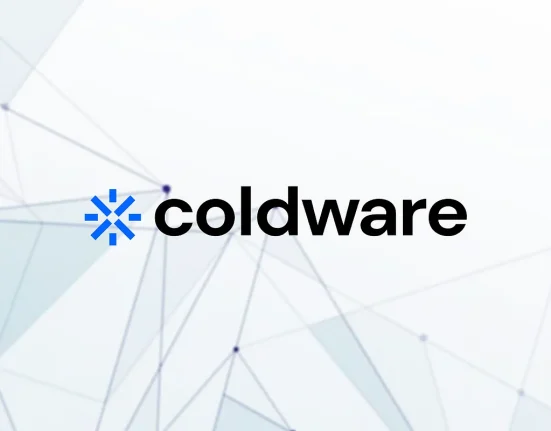Small business loan application on the wooden surface and documents.
Few decisions shape a small business’s financial future more than choosing the right type of loan. Whether you’re launching, expanding, or navigating a short-term crunch, knowing when to use a secured versus an unsecured loan can make all the difference.
At its core, a secured loan is backed by collateral—assets like equipment, inventory, or property the lender can claim if the loan isn’t repaid. An unsecured loan, by contrast, doesn’t require specific collateral but usually demands strong credit and a proven financial track record. Both can serve your business well, but each carries distinct advantages and risks.
When Collateral Works for You
Secured loans are most commonly offered by banks and government-backed programs like the SBA. While the SBA does not require collateral for loans under $50,000, for larger loans—particularly those over $500,000—the agency expects lenders to secure the loan to the maximum extent possible using available assets. According to the SBA’s official lending guidelines, lenders are instructed to take all available collateral until the loan is fully secured.
For businesses with valuable assets, secured loans offer access to larger loan amounts and more favorable terms. But for those in asset-light sectors, like consulting or technology, offering collateral may not be possible. And the downside risk is clear: failure to repay could result in the loss of critical business or personal assets.
The Speed of Unsecured Lending
Unsecured loans offer a faster, often simpler option—especially from online lenders or fintech platforms. You won’t need to pledge specific assets, but lenders will look closely at your credit score, revenue, and time in business.
These loans can be ideal for short-term needs like marketing, payroll, or inventory. And they’re growing in popularity. According to the Intuit QuickBooks Entrepreneurship in 2024 Report, 83% of small businesses reported relying on credit cards to manage their finances, with 59% using them as an emergency or temporary funding source.
Still, unsecured loans come at a cost. Interest rates are higher, loan amounts smaller, and approvals harder to secure without a 680+ credit score and consistent cash flow. The Federal Reserve’s 2024 Small Business Credit Survey found that only 36% of businesses received the full amount they sought—and applicants for unsecured financing faced more denials than those with collateral.
Cash Flow Gaps Vs. Long-Term Growth
The right loan often comes down to timing and purpose.
If you’re investing in infrastructure—like expanding a facility or buying expensive equipment—a secured loan may offer better terms and stability. If you’re covering a short-term gap, the flexibility of an unsecured loan could be a lifeline.
A 2023 QuickBooks survey found that nearly 70% of small businesses struggle with cash flow, often turning to unsecured lines of credit or cards for fast relief. These tools are valuable—when used wisely.
Align The Loan With The Business
Choosing the right loan is about more than eligibility—it’s about alignment. Ask yourself:
- Do you have assets to leverage—and are you willing to risk them?
- What’s your credit profile?
- How much do you need, and how quickly?
- Is this investment driving growth, or filling a gap?
Secured and unsecured loans both play essential roles in the capital landscape. The key is matching the loan structure to your business’s financial reality and risk tolerance.
Final Thought
As someone who has worked alongside entrepreneurs in every corner of the country, I’ve seen the impact of making the right funding decision—and the fallout from getting it wrong.
When you’re borrowing for your business, don’t just ask, “What can I get?” Ask, “What makes the most sense for where I’m headed?”







